Until 2009 the situation looked like this:
In 2008, some people started to write FOSS for GSM
bs11-abis to bsc_hack to OpenBSC
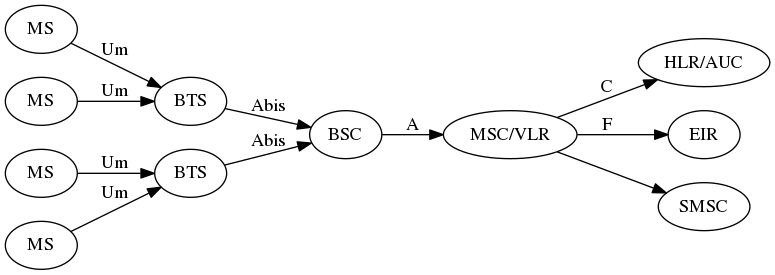
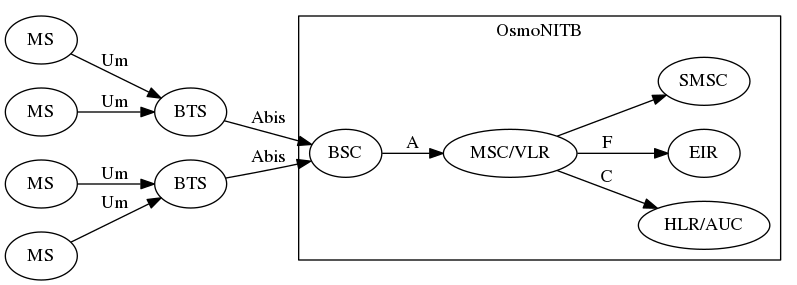
which further reduces to the following minimal setup:

So our minimal setup is a Phone, a BTS and OsmoNITB.
We assume a sysmoBTS in the following slides
osmo-bts-sysmo: BTS family by sysmocom
osmo-bts-trx: Used with OsmoTRX + general-purpose SDR
osmo-bts-octphy: Octasic OCTBTS hardware / OCTSDR-2G PHY
osmo-bts-litecell15: Nutaq Litecell 1.5 hardware/PHY
Now that GSM is working, up to the next challenge!
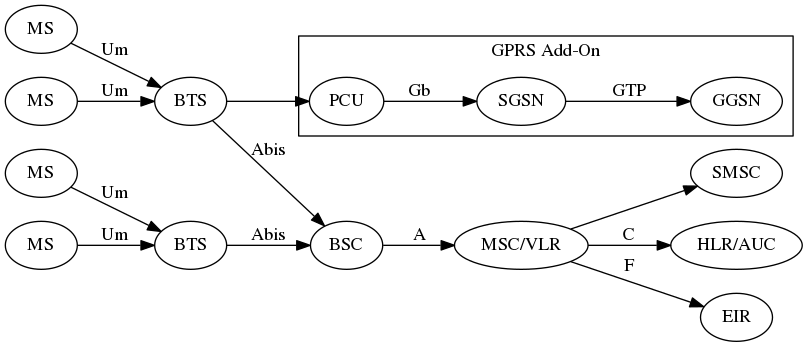

tun device is used for tunnel endpoints
We need to configure those additional components to provide GPRS services.
bsc-nat to introduce NAT-like functionality on A (BSSAP/BSSMAP)
mgw-nat to transparently re-write MAP/ISUP/SCCP
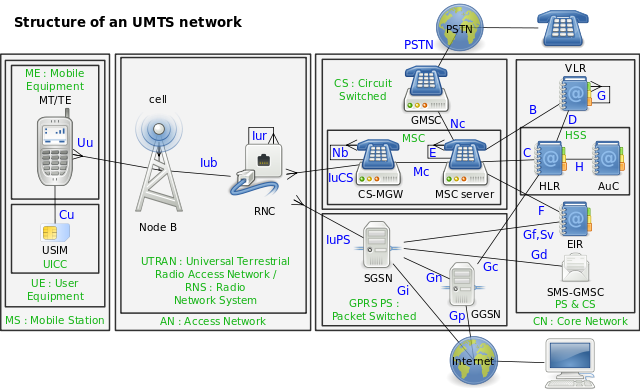
(UMTS Structure by Tsaitgaist - icons from Gnome)
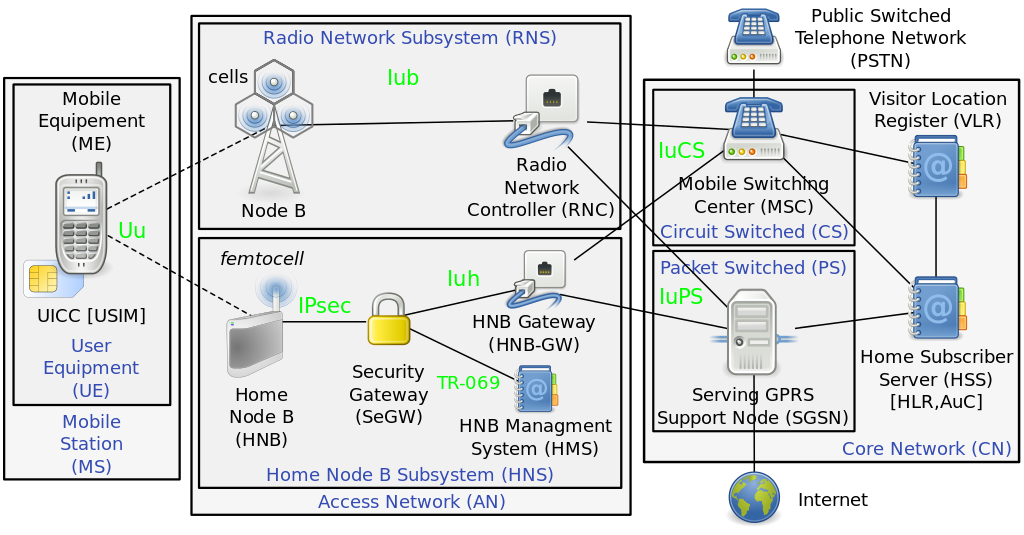
(nodeB and Home nodeB by Tsaitgaist - icons from Gnome)
speaking of UMTS access stratum complexity…
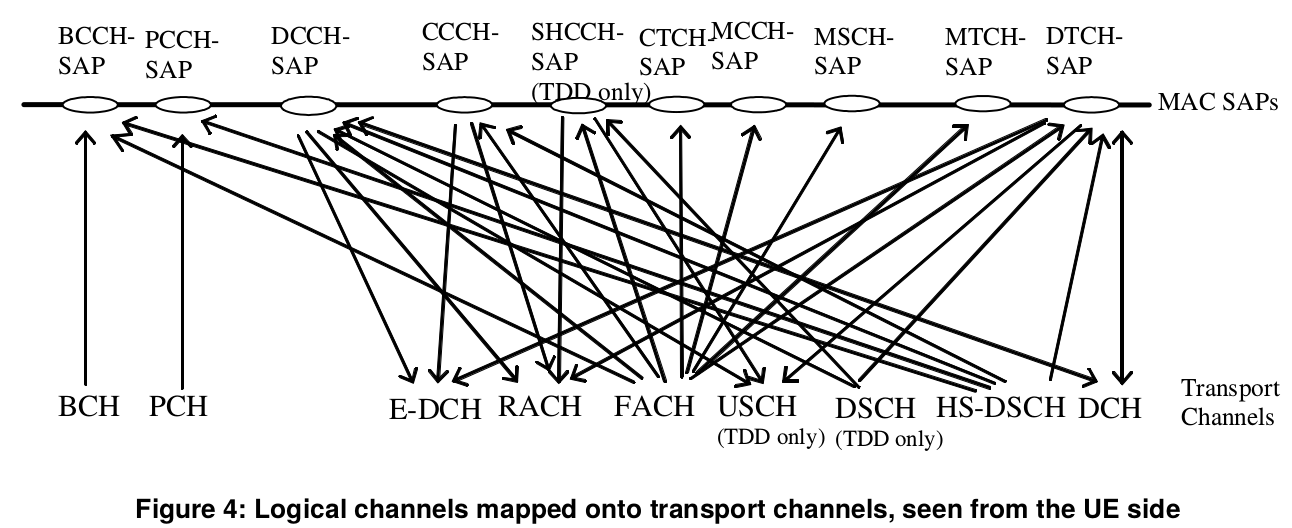
wouldn’t you want to avoid that, too?

further simplified:

Existing as of March 2016:
TODO: